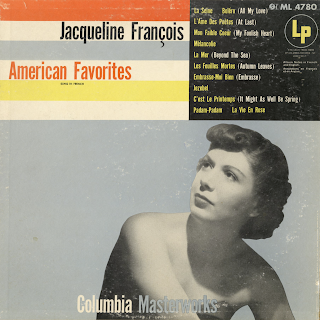Mocambique
From The ABC News Television Production Africa
Executive Producer: James Fleming
Edited by Andrew Tracey
Produced by Andrew Tracey
Engineer: Frank Greenwald
Production Supervisor: Jerry Schoenbaum
Director of Engineering: Val Valentin
Cover Design: Jack Anesh
Verve Forecast FT 3021
Manufactured by MGM Records Division, Metro-Goldwyn-Mayer, Inc.
1967
From the back cover: Introduction by Andrew Tracey - In June 1966, ABC Television News, New York, sent ten camera crews to Africa to make a full-length feature film covering every aspect of modern Africa – everything from politics to big game. Eight months and more than a million dollars later they came back with probably the most fascinating and complete film coverage of a continent ever made. In the course of traveling this most musical continent it was inevitable that they should have filmed a rich variety of its music makers or all kinds, hence this record... a selection from the many hours of music recorded by the "Africa Project" teams. I have chosen numbers that I consider to be most representative of the enormous variety of the musical sounds and moods of Africa. Obviously there are gaps, but it would take many more years, and dollars, to do justice to the music alone.
Most of the music on this record was recorded with folk performers who were unaccustomed to directing their attention to a microphone, and by camera teams whose first interest was generally visual rather than aural, so naturally many of the tracks do not have the quality of studio recordings. Note that the final version of the "Africa" film may not include all of the music on this record.
Nigera
a. Folk Opera
b. Egungun
Nigeria
a. Ibo Dance
b. Lagos Police Band
Mali
a. 3-string lute
b. 2-string fiddle
Upper Volta
c. Song with lutes
Senegal
Kora
Ghana
a. Stand up for Jesus
b. Mammy wagon
Cameroon
Don's flutes and drum
Congo (Kinshasa)
a. Swahili plainsong
b. Two moires
Congo (Kinshasa
a. Ayilongo
b. Afro-Mogambo
Mozambique
Chibudu
Uganda
Ending
Uganda
Bwola
Unganda
a. Amadinda
b. Ganga
Ethiopia
1-string fiddle
Kenya
Kamba drummers
South Africa
Bombing
Lisotho
Lesbian
Botswana
a. Bushman mbira
b. Bushman dance





















